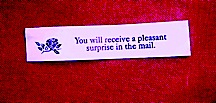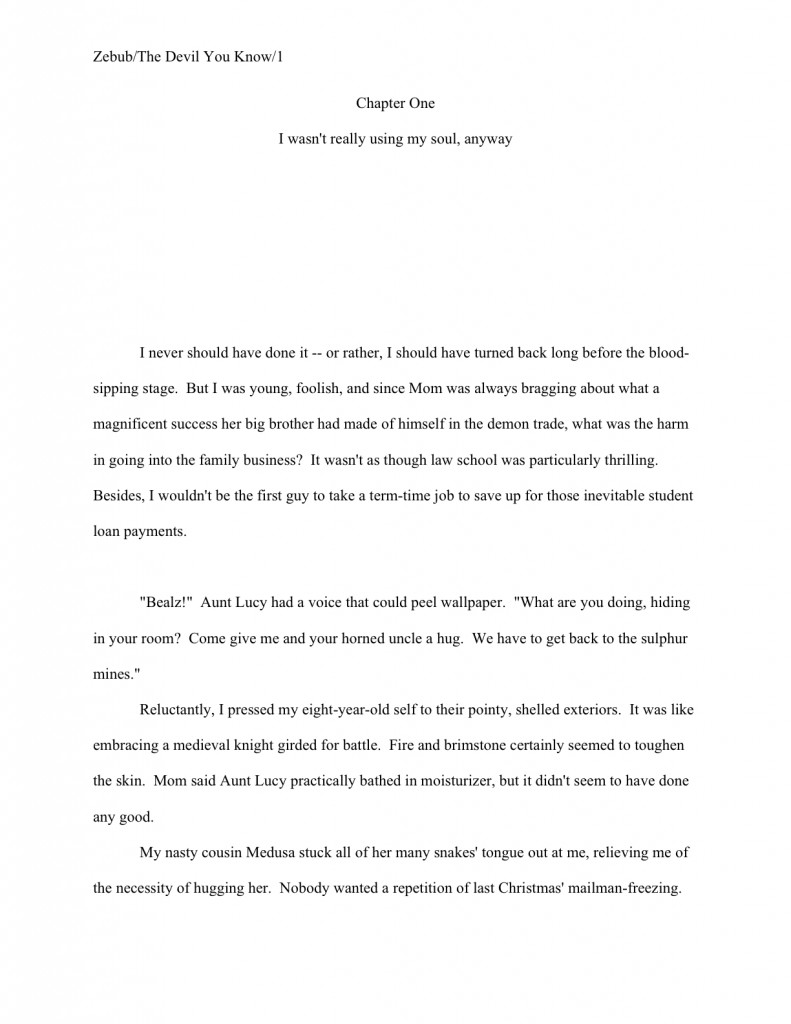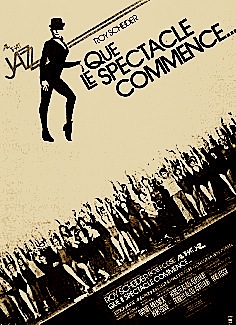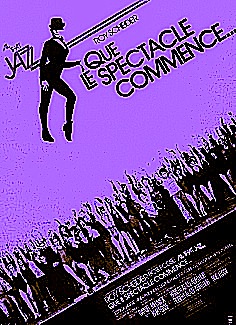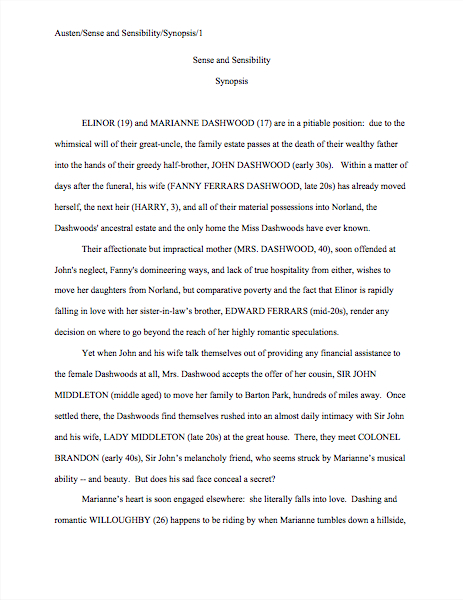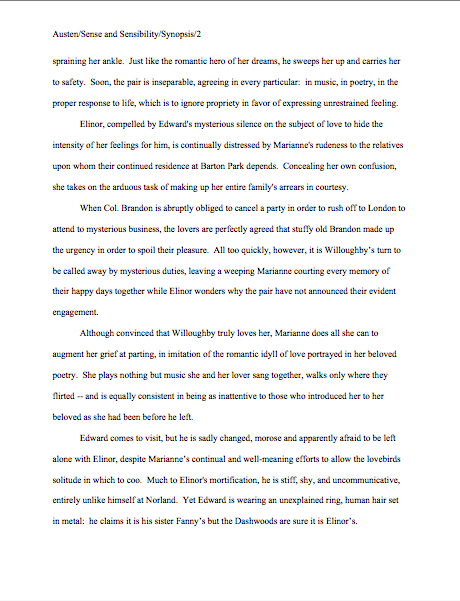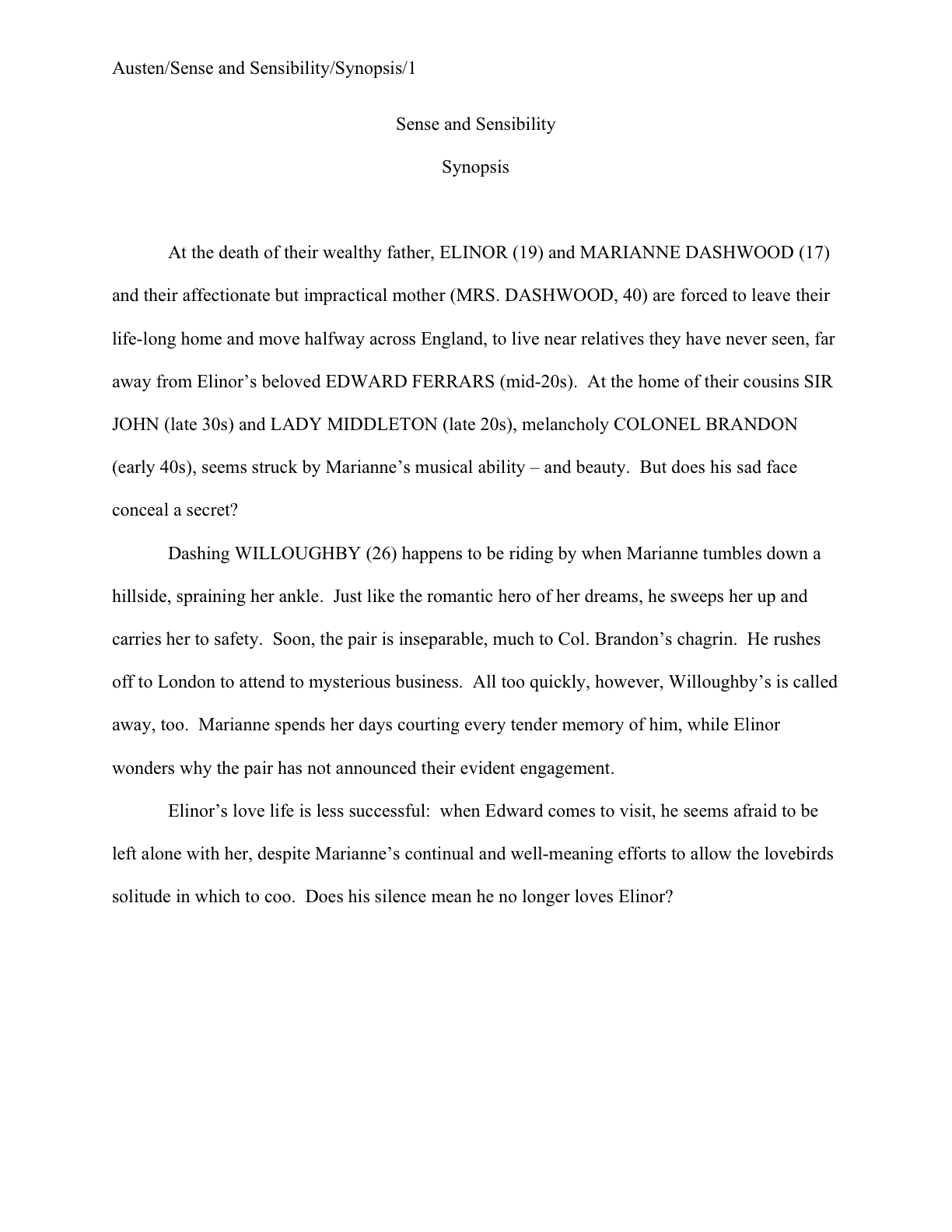
Last time, I re-introduced the Point-of-View Nazi, that fine ilk of professional reader who positively insists that the only way to conduct a third-person narrative is to focus upon a single protagonist for the entire duration of the book. Since tight third-person (also known as close third-person) was very much the dominant voice for about ten of the last fifteen years POVNs still have a lot of backing. Because of their long reign — and, as I mentioned on Thursday, the fact that they were disproportionately represented amongst composition teachers in the post-war era — an aspiring writer is still very likely to encounter authoritative-sounding voices eager to tell aspiring writers that their work is going down in flames if they take the smallest step toward omniscience or multiple protagonists.
To paraphrase my last post: piffle.
Not that there is anything inherently wrong with a super-tight third-person narrative, naturally — stylistically, there is much to be said for it as a storytelling device. However, perspective choice is a matter of writing style, not formula, is it not?
That deafening roar you’re hearing is not the ride of the Valkyries, but a chorus of dissent from POVNS. To them, the only proper writing perspectives are the first person singular and a tight third person singular, where the narration remains rigidly from the point of view of a single actor in the drama, usually the protagonist. They may not always state it so baldly, but effectively, that’s their stance.
How do POVNs usually convey this impression? By implying (or even stating as law inviolate) that good writing is always either in the first person or the close third-person — and in fiction, they’re often not all that crazy about the first person. Yet no matter how emphatically someone states these opinions, they are in fact a matter of personal taste.
Because this is only of the most commonly-blurred distinction between Thou Shalt Do This dicta and style tips, I want to devote today to giving you a concrete look at what a difference regarding such advice as absolute can make. This may seem like an odd thing for a professional writing advice-giver to say, but I don’t think that it’s ever a good idea to take ANYONE else’s opinion on your writing style as gospel. Particularly if that advice is, well, sweeping.
Yes, even if the advice in question happened to fall from my fingertips. One of the reasons I go on at such length about the rationale behind industry norms and stylistic tips is so you have enough information to make up your own minds about your writing choices.
I was notorious for this inform-’em-and-let-’em-go attitude back when I was teaching at a certain unnamed university (go, Huskies!). Professors would come fuming (or laughing) into the faculty lounge, exclaiming, “I’ve got another of your old students, Anne!”
“How do you know?” I’d ask, although after the first couple of times, I was pretty sure of the answer.
“She’s questioning EVERYTHING I say.”
“Good. You wouldn’t want it otherwise, would you?”
Some of my former colleagues would want it otherwise, it turns out. And the POVNs definitely would.
Philosophically, I find POVNs’ idea that there are only two ways to tell a story troubling, and not especially conducive to the production of good art. In my experience, there are few real-life dramatic situations where everyone in the room absolutely agrees upon what occurred, and even fewer conversations where all parties would report identically upon every nuance.
Watch a few randomly-chosen days’ worth of any politically-oriented news program, if you doubt this. I think that interpretive disagreement is the norm amongst human beings, not the exception.
And the disagreement amongst writing experts on this point tends to support my argument, doesn’t it?
I also believe that there are very, very few people who appear to be exactly the same from the point of view of everyone who knows them. Most people act, speak, and even think rather differently around their children than around their adult friends, for instance, just as they often have slightly (or even wildly) different personalities at home and at work.
If anyone can find me a real, live person who acts exactly the same in front of his three-year-old daughter, his boss’ boss, the President of the United States, and the lady who leaps out of a cake at a bachelor party, I shall happily eat my hat. Either the person in question has serious social adjustment problems (on the order of Forrest Gump’s), or that perhaps the person who thinks this guy is always the same in every context is lacking in imagination. Or simply doesn’t know the guy very well. Almost nobody and nothing can be completely portrayed from only a single third-person point of view — which is why sometimes narratives that permit the protagonist to be seen from the POV of other characters can be most illuminating.
But that’s just my opinion. Read a bunch of good novels and make up your own mind.
Regardless of your own perspective preferences, it’s important that you know that there are people out there who will want to impose their stylistic preferences upon yours, because they turn up with some fair frequency in agencies, as contest judges, as editors, and as critics. They are statistically more likely to be Baby Boomers than Gen Xers or Gen Yers, however, so they are less likely to be agency screeners than in years past. (Being a Millicent is typically someone’s first job in the business, not one kept for decades, the burnout rate is too high.)
Nevertheless, they do turn up, sometimes in agents’ chairs and behind editorial desks, so it’s best to be prepared for them. When your work is attacked with phrases like, well, it’s more or less impossible to pull off an omniscient narrator in contemporary fiction, you’re going to need to resist the temptation to throw half of Great Books fiction shelf at the speaker, aren’t you?
So how should a prudent writer handle it? Recognize that you are dealing with a POVN, and take everything he says with a gargantuan grain of salt. You can’t convince a true believer; you’ll only wear yourself out with trying. Cut your losses and move on.
But before you do, consider the possibility that the critique may be useful to apply to your manuscript of the moment. Would a more focused narrative perspective add something useful to your story? If not, is the narrative completely free of head-hopping?
That switcheroo caused a few double-takes, didn’t it? POVNs do occasionally have a point: too-frequent perspective switches can be perplexing for the reader to follow. Take, for instance, the following mash-up of point of view — and timeframe, while we’re at it — and assuming that the book so far has been primarily from Marybeth’s perspective.
Trevor stormed noisily into the room, causing her to groan and pull her cat, Mergatroyd, from his perch on her head onto her face. The sudden glare of the overhead light was blinding. Criminy, was Marybeth still asleep? He throws a pillow at her disheveled head on his way to his dresser. “Wake up, sleepyhead, if you want a ride.”
Marybeth glances between Mergatroyd’s limp paws at the 1970s-era clock-radio by her bed: she was supposed to be at work ten minutes ago. Oblivious to the long streak of raspberry mousse adorning her cheek, she adopts her best I’m-in-charge-here tone. “How long were you planning to let me sleep? Next Tuesday?”
Ah, there his tie was. He yanks it from between the mattress and box springs, scowling at the back of his boss’ frizzy head. “Hey, for all I knew, you had a bevy of butlers to wake you in the mornings.”
Yeah, right: attempt to take three steps in this bedroom, and you’d either stub your toe on a cast-aside manuscript or catch your toe in a stray t-shirt and go sprawling. Obviously, her domestic staff was crackerjack. “Throw me my robe, will you?”
Did his job depend upon the civility of his answer? Her kitchen didn’t even have any decent coffee, for goodness’ sake. He’d have to stop at Starbucks on the way in — unless today is Millicent’s day to snag the a.m. lattes? Struggling into her robe, Marybeth watched him wade back to the bedroom door, wondering if she would be pressing her luck if she sent him out for coffee.
A tad confusing, isn’t it? It’s possible to follow, admittedly, but is it really the reader’s job to sort this mess out?
Like abrupt switches of tense, unannounced perspective shifts may puzzle even a reader who isn’t skimming. (As Millicent often is, recall, while she’s sipping that latte Trevor just dropped off at her desk.) That’s unfortunate, because, one of the more common first-novel megaproblems is POV switching in mid-paragraph, or even mid-sentence.
And every time that happens, a POVN Millicent gets her wings. Or at least another justification for dismissing all multiple POV narratives as poor writing.
How so? Well, think about it: if Millie’s been assuming for the past 25 pages that she’s reading a tight third person narrative based exclusively upon Marybeth’s perspective (perhaps one written as a not-very-subtle roman-à-clef by her fellow screener, Trevor, who showed up awfully late to work this morning), why WOULDN’T her first question upon reading this excerpt be, “Hey, why is this suddenly from Trevor’s perspective? And if it isn’t, how on earth could a narrative from Marybeth’s perspective mention a smudge she didn’t know was on her face?”
In Millie’s defense, even if the book so far had been in an omniscient narrative voice (where the dominant storytelling voice can adopt any of the characters’ individual perspectives or none of them at will), this excerpt would have been problematic enough to raise her always rejection-ready hackles. The sad thing is, the perspective problems above would be really, really easy to solve. Any guesses how?
A gold star for the day if you shouted, “Why, that’s what the RETURN key is for, to clear up that sort of confusion!” Make it three if you added, “It’s also helpful if a narrative decides whether it’s in the present or the past tense and applies that choice consistently. Get your act together, Trevor.”
Great advice, on both fronts. Let’s take a gander at what this excerpt might look like if Trevor made only those two revisions: (a) rearranged things so each perspective its own paragraph and (b) picked a tense choice and stuck to it.
The sudden glare of the overhead light was blinding. Trevor stormed noisily into the room, causing her to groan and pull her cat, Mergatroyd, from his perch on her head onto her face.
Criminy, was Marybeth still asleep? He threw a pillow at her disheveled head on his way to his dresser. “Wake up, sleepyhead, if you want a ride.”
Marybeth glanced between Mergatroyd’s limp paws at the 1970s-era clock-radio by her bed: she was supposed to have been at work ten minutes ago. She adopted her best I’m-in-charge-here tone. “How long were you planning to let me sleep? Next Tuesday?”
The contrast between her manner and the long streak of raspberry mousse adorning her cheek almost made him giggle. Ah, there his tie was. He yanked it from between the mattress and box springs, scowling at the back of his boss’ frizzy head. “Hey, for all I knew, you had a bevy of butlers to wake you in the mornings.”
Yeah, right: attempt to take three steps in this bedroom, and you’d either stub your toe on a cast-aside manuscript or catch your toe in a stray t-shirt and go sprawling. Obviously, her domestic staff was crackerjack. “Throw me my robe, will you?”
Did his job depend upon the civility of his answer? Her kitchen didn’t even have any decent coffee, for goodness’ sake. He’d have to stop at Starbucks on the way in — unless today is Millicent’s day to snag the a.m. lattes?
Struggling into her robe, Marybeth watched him wade back to the bedroom door, wondering if she would be pressing her luck if she sent him out for coffee.
Clearer, isn’t it? Tense consistency and easily-followed perspective shifts won’t protect you from a POVN’s rage if you choose to write from multiple perspective, of course, but it will make your scene substantially less of a chore for the non-POVN reader.
Because you’ve already given up trying to please a POVN Millicent or contest judge with a multiple-perspective manuscript, right? You know better than to try to battle her personal preferences and the deafening roar of her writing teachers — and perhaps her boss agent’s writing teachers, right? Right? Hello?
I see a few timid hands waving out there in the ether. “But Anne, how can I possibly know before I submit whether the agent of my dreams employs a POVN Millicent — or is one herself, for that matter? Shouldn’t I, you know, just assume that every Millicent and agent out there is a POVN, and make my narrative choices accordingly?”
You could do that, of course; that’s a relatively safe route. You could also go to the agency’s website, find out whom it represents, and spend a fruitful hour in your local bookstore, yanking its clients’ novels off the shelves and checking for narrative voice. At least the ones in your chosen book category. If an agent represents someone who writes from multiple perspectives, you probably don’t need to worry about her Millicents being POVNs. If, however, the agency’s authors seem to make astonishingly similar perspective choices…
Or you could just choose the voice you feel is best for your story and take your chances. Most of the time, submitters don’t know precisely why agents pass on their manuscripts, anyway. In this age of form-letter rejections (and rejecting through silence), it’s unlikely that even the most vitriolic POVN Millicent would reject you by saying, “Great premise, nice writing — but God, I hate omniscient narration!”
Before you commit to any of these three perfectly reasonable strategies, let’s take a look at how knuckling under to the POVNs might conceivably harm a narrative. Suppose that Jane Austen took the following paragraph from PRIDE AND PREJUDICE to her writing group, a cabal of POVNs:
Elizabeth, having rather expected to affront him, was amazed at his gallantry; but there was a mixture of sweetness and archness in her manner which made it difficult for her to affront anybody; and Darcy had never been so bewitched by a woman as he was by her. He really believed, were it not for the inferiority of her connections, he should be in some danger.
As an editor, I might quibble about Austen’s use of semicolons here, but it’s not too difficult to follow whose perspective is whose, right? Yet, as the POVNs in her group would be the first to point out, there are actually THREE perspectives rolling around promiscuously together in this single brief paragraph, although there are only two people involved:
Elizabeth, having rather expected to affront him, was amazed at his gallantry…(Elizabeth’s POV)
…but there was a mixture of sweetness and archness in her manner which made it difficult for her to affront anybody. (the POV of an external observer)
Darcy had never been so bewitched by a woman as he was by her… (Darcy’s POV)
Now, a POVN in our Jane’s writing group would undoubtedly implore her to pick a single perspective (Elizabeth’s would be the logical choice) and stick to it consistently throughout the book; a POVN agent would probably reject PRIDE AND PREJUDICE outright, and a POVN editor would pick a perspective and edit accordingly. (Or, more commonly, send out an editorial memo saying that he might consider acquiring the book, but only if Jane revised it so all of the action is seen from Elizabeth’s perspective only.)
Let’s say that Jane was cowed by the vehemence of the POVNs and scuttled home to take their advice. Inevitably, the resultant passage would necessarily be significantly different from her original intention. It would probably ending up reading rather like this:
Elizabeth, having rather expected to affront him, was amazed at his gallantry. Darcy remained silent.
Comparatively terse, isn’t it? Legitimately, that is all that she could keep, if she were going to please the POVNs completely.
I cannot presume to speak for Aunt Jane, of course, but I suspect she would not be particularly satisfied with this revision, both because some characterization has been lost, as well as some long-term plot clues. At this rate, the reader is not going to know how Darcy feels until Elizabeth learns it herself, many chapters later. This would, of course, mean that his proposal would be a greater plot twist, coming out of the blue, but the reader would also end up with absolutely no idea how, beginning from initial indifference, Elizabeth charms began to steal over Darcy, over his own objections.
Which would mean, really, that the title of the book should be changed to just PREJUDICE. And since PRIDE AND PREJUDICE is a quote from another novel (Fanny Burney’s excellent-but-dark 1782 novel CECILIA, where the phrase appears three times, all in capital letters), I’m inclined to think that Aunt Jane would have disliked that outcome.
Yet if I may pull up a chair in Jane’s writing group for a moment (oh, as if this whole exercise wouldn’t require time travel), allow me to point out how easily the judicious use of space bar would clear up even the most remote possibility of confusion about who is thinking what when:
Elizabeth, having rather expected to affront him, was amazed at his gallantry; but there was a mixture of sweetness and archness in her manner which made it difficult for her to affront anybody.
Darcy had never been so bewitched by a woman as he was by her. He really believed, were it not for the inferiority of her connections, he should be in some danger.
The moral here, my friends, is once again that you should examine writerly truisms very carefully before you accept them as invariably true in every case. Grab that gift horse and stare into its mouth for a good, long while.
You may well find, after serious consideration, that you want to embrace being a POVN, at least for the duration of a particular writing project; there are many scenes and books where the rigidity of a single perspective works beautifully. But for the sake of your own growth as a writer, make sure that the choice is your own, and not imposed upon you by the personal opinions of others.
Now that our collective loins are girded for possible knee-jerk objections to multiple perspective narratives, I feel I can move on to the topic of juggling them with a clear conscience. Tune in next time, and keep up the good work!






